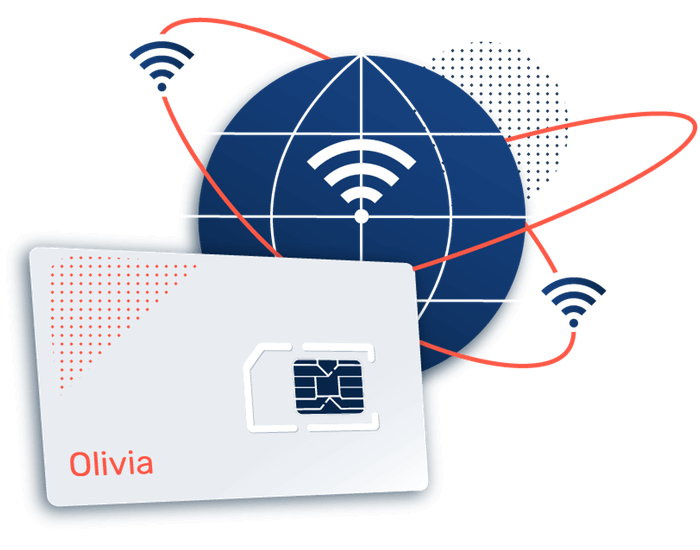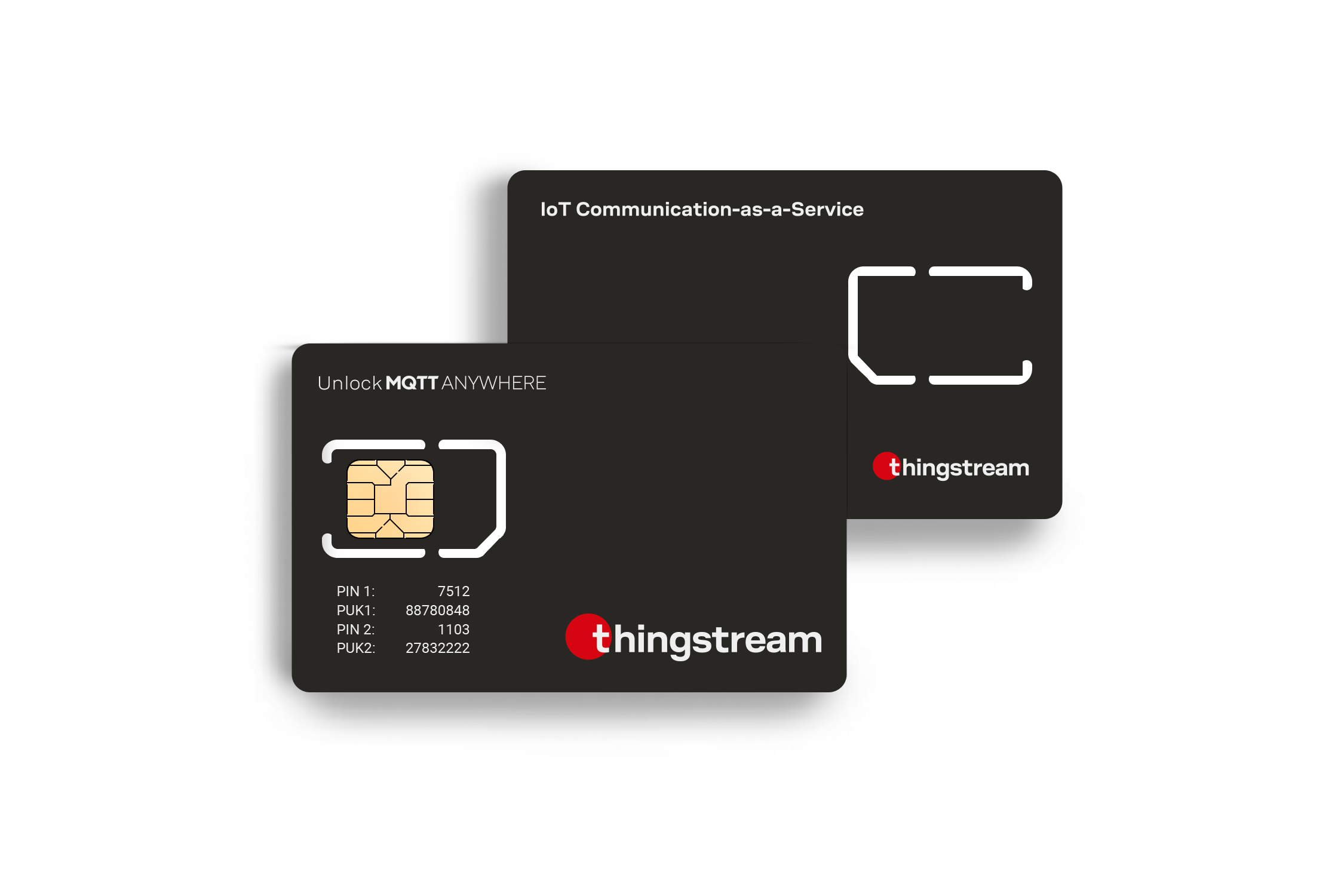Industrial IoT Connectivity Reviews of Managed IoT Connectivity Services
The landscape of the Internet of Things (IoT) is huge and diversified, providing an array of connectivity choices tailor-made to completely different use circumstances. In this advanced ecosystem, the selection between cellular and non-cellular IoT connectivity performs a pivotal position in determining the success of IoT deployments.
Cellular IoT connectivity utilizes existing cell networks to facilitate communication. IoT Global Connectivity. This technology leverages the infrastructure of established cellular companies, thereby making certain extensive coverage and excessive knowledge switch rates. The convenience of utilizing cellular networks means that in depth geographical areas can be coated without the need for laying new cables or deploying extra infrastructure.
One of the significant advantages of cellular connectivity is its proven reliability. Networks have been optimized over time, making certain that they'll handle a lot of related devices simultaneously. In environments the place consistent and dependable efficiency is crucial, cellular IoT offers a strong foundation, particularly for purposes like telemedicine, vehicle monitoring, or smart city options.
Managed IoT Connectivity Smart Connectivity for IoT Services
Conversely, non-cellular IoT connectivity refers to technologies like Wi-Fi, Bluetooth, Zigbee, and LPWAN. These choices often operate in short-range eventualities and are usually designed for specific purposes. They permit for the institution of native networks that can achieve high-speed knowledge transfers however with restricted vary. This could make them an excellent selection for purposes confined to a particular space, like residence automation or industrial monitoring within a factory.
The selection between these two connectivity varieties primarily hinges on the necessities of the particular utility. For instance, a wise meter deployed in a remote location may significantly benefit from cellular connectivity because of the prolonged vary and talent to transmit information over longer distances. On the opposite hand, a wise residence gadget, which operates inside a confined house, would possibly utilize Wi-Fi or Bluetooth, given their capability to provide robust native connectivity at decrease prices.
Moreover, energy consumption varies considerably between cellular and non-cellular technologies. Cellular units, whereas more and more environment friendly, typically eat extra power in comparison with their non-cellular counterparts. This is a critical consideration for battery-powered devices that goal to function for prolonged intervals while not having frequent recharges or battery replacements. Non-cellular technologies usually enable for energy-saving modes which might lengthen operational life, making them best for purposes where longevity is paramount.
Managed IoT Connectivity Services Types of IoT Connectivity Explained
Cost components additionally play a big role in making a call between cellular and non-cellular connectivity. The deployment of cellular IoT units usually entails service plans that incorporate ongoing subscription prices. In distinction, non-cellular choices may require an upfront funding in infrastructure, however they may end up in decrease operational costs in the lengthy term.
Security considerations arise distinctly in each kinds of connectivity. Cellular networks offer a stage of built-in security due to their closed nature and reliance on established protocols. Encryption and authentication processes are usually robust, making it tough for unauthorized users to entry the network. Non-cellular technologies, while handy, can potentially expose gadgets to increased safety risks, particularly in open networks like public Wi-Fi - Connectivity Technologies In IoT.
The scalability of an IoT system is one other issue to think about when deciding on connectivity options. Cellular networks have a tendency to supply greater scalability as a end result of their capability to accommodate a big volume of units over extensive areas. This is especially beneficial for enterprises trying to broaden their IoT deployments with out the necessity to overhaul existing infrastructure.
IoT Connectivity Service Providers Market for IoT Connectivity Management Platforms
Non-cellular networks also can scale, however they are typically limited by range and data handling capabilities. In congested environments or densely populated areas, the performance of non-cellular options may diminish, creating bottlenecks that could affect the general effectivity of an IoT ecosystem. This distinction can affect the long-term viability of an answer relying on the expected progress and complexity of the appliance.
Latency is a crucial element that distinguishes cellular and non-cellular IoT connectivity. Cellular networks have improved considerably over current years, however latency can still be higher in comparison with some non-cellular alternatives. For functions requiring real-time responses, corresponding to autonomous driving or industrial automation, decrease latency connections are essential. In such cases, edge computing mixed with non-cellular technologies would possibly present the required response times.
In summation, the choice between cellular and non-cellular IoT connectivity is much from simple. Each option carries distinctive advantages and drawbacks that cater to totally different application wants. Understanding the precise requirements of a project, from vary and reliability to energy consumption and cost, is essential to creating a well-informed choice.
The path of IoT deployments continues to evolve, with developments and innovations in each cellular and non-cellular technologies continuously click here for more reshaping the landscape. As organizations turn into increasingly conscious of the implications of their connectivity decisions, the importance of tailor-made options to fit distinctive use instances will only proceed to grow.
IoT Connectivity Policy Connectivity for IoT Products

Future developments in standards and protocols could bridge some gaps between cellular and non-cellular choices, doubtlessly leading to hybrid options that capitalize on the strengths of each. Exploring these avenues will be important for stakeholders in navigating the ever-changing world of IoT connectivity.
Ultimately, as businesses embark on their IoT journeys, the right connectivity choice will significantly impact their operational effectivity, price administration, and talent to innovate. By fastidiously contemplating all related elements, organizations can harness the complete potential of their IoT initiatives, leading to transformative outcomes in countless industries.
- Cellular IoT connectivity leverages established mobile networks, providing extensive coverage in city and rural areas.
- Non-cellular IoT choices, corresponding to LoRaWAN and Sigfox, are sometimes cheaper to deploy and keep due to their lower infrastructure requirements.
- Cellular connections typically provide larger knowledge transfer rates, making them suitable for functions requiring real-time information transmission.
- Non-cellular solutions tend to eat less power, prolonging the lifespan of battery-operated gadgets in distant purposes.
- The rollout of 5G know-how enhances cellular IoT capabilities, allowing for extra gadgets to connect simultaneously with minimal latency.
- Non-cellular technologies could face challenges with vary and scalability, particularly in densely populated environments with interference.
- Security features range, with cellular connections typically incorporating superior encryption standards, whereas non-cellular options may use less complicated safety protocols.
- Geographic and environmental elements can impact the efficiency of non-cellular methods, making them less dependable in certain locations.
- Device administration and over-the-air updates could be more streamlined with cellular connectivity because of present frameworks supported by telecom providers.
- The alternative between cellular and non-cellular IoT connectivity largely is dependent upon specific use circumstances, costs, and desired network capabilities.
What is the principle difference between cellular and non-cellular IoT connectivity?
Cellular IoT connectivity makes use of cellular networks, permitting devices to speak over long distances. Non-cellular IoT connectivity depends on options like Wi-Fi, Bluetooth, or LoRaWAN, usually fitted to shorter ranges and specific environments.
IoT Connectivity Issues Simplifying Global IoT Connectivity with eSIM
Which connectivity option is extra dependable for IoT applications?
Cellular connectivity usually presents higher reliability because of strong network infrastructure and protection. Non-cellular options could be much less dependable, especially in areas with weak alerts or information congestion.
How do costs examine between cellular and non-cellular IoT connectivity?
Internet Connectivity Principles In IoT Overview of IoT Connectivity Protocols
Cellular connectivity typically incurs larger operational prices because of data plans and subscription charges, whereas non-cellular choices might involve lower upfront costs but can incur bills associated to maintenance and infrastructure.
What forms of IoT applications benefit most from cellular connectivity?
Applications requiring constant data transmission or extensive geographic protection, such as vehicle monitoring, smart cities, and distant monitoring, significantly benefit from cellular connectivity.
Managed IoT Connectivity Services Management of IoT Connectivity
In what scenarios is non-cellular IoT connectivity preferred?
Non-cellular IoT connectivity is preferred in scenarios where budgets are limited, such as residence automation and native sensor networks, or the place gadgets have to operate within a contained area.
How does energy consumption range between cellular and non-cellular IoT devices?
Cellular gadgets sometimes eat more power as a outcome of their must constantly communicate over mobile networks. Non-cellular devices may be designed navigate to this site for low-power consumption, particularly in short-range purposes.
Mobile Data Connectivity For IoT Comparison Guide for IoT Connectivity

Is safety completely different between cellular and non-cellular IoT options?
Both cellular and non-cellular options have unique safety challenges. Cellular networks usually have built-in security protocols, while non-cellular options require extra measures, like encryption, to guard data.
IoT Connectivity Technologies Market Reports on IoT Connectivity

Can non-cellular IoT connectivity scale effectively?
While non-cellular IoT connectivity can scale by method of the number of gadgets, it might face limitations in performance and vary. Cellular networks are designed to manage numerous connections effectively, making them a more sensible choice for scalable applications.
IoT Connectivity Types SIM Card Solutions for IoT Connectivity
What position does latency play in choosing between cellular and non-cellular IoT connectivity?

Latency may be essential for functions requiring real-time responses, similar to autonomous vehicles. Cellular networks usually provide decrease latency than many non-cellular choices, making them preferable for time-sensitive applications.